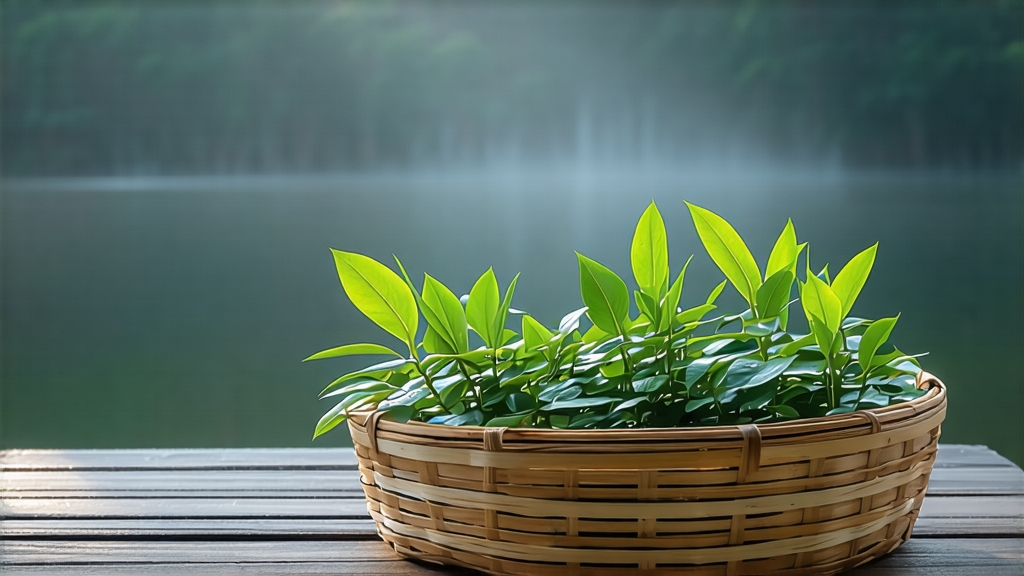
Longjing, literally “Dragon-Well,” is more than a tea; it is a liquid manuscript of Chinese history, landscape, and craftsmanship. First praised in Tang-dynasty poems and later canonized by Qing emperors who stationed guards around the eighteen mother trees of Lion Peak, this green tea from Hangzhou’s West Lake has become the benchmark against which all other Chinese greens are measured. International traders once risked pirate-filled seas to carry sealed jars labeled “Xihu Longjing” to European courts, and today the same two Chinese characters appear on café menus from Brooklyn to Brisbane. Yet beyond the fame lies a nuanced world of micro-climates, cultivars, and hand techniques that every serious tea lover should know.
The name itself marries myth and geography. A stone well near Longjing Village is said to contain a dormant dragon whose sighs aerate the groundwater, giving the surrounding tea bushes their sweet minerality. Geologists offer a more prosaic explanation: fractured quartz veins feed the terraced slopes with cool, iron-poor water that stresses the leaves just enough to concentrate amino acids. Whatever the truth, the result is a leaf that smells of rainwater on hot limestone and tastes like baby peas kissed with chestnut.
Longjing is not a single tea but a constellation of styles governed by four official designations: Lion (Shi), Dragon (Long), Cloud (Yun), and Tiger (Hu). Each corresponds to a ridge within the 168 km² West Lake Scenic Area. Lion Peak, the most coveted, faces east and catches the first morning light reflected off the water, yielding leaves rich in l-theanine. Tiger Spring, slightly lower and warmer, produces a gutsier liquor with a faint tannic snap prized by northern Chinese chefs for cutting through pork fat. Outside this core, counties such as Xinchang and Songyang make “Zhejiang Longjing” with the same cultivars and techniques, but on flatter land and at lower cost, creating an accessible everyday version without dishonoring the brand.
The plant material matters as much as the postcode. The traditional clone is Longjing #43, selected in 1972 for its early budding and sword-shaped leaf that lies perfectly flat in the pan. Older gardens still harbor the “group cultivar,” a genetically diverse population whose spring flush arrives two weeks later but offers a more complex, orchid-like aroma. Experimental micro-lots now play with #44 (a purple-tinged mutation) and even wild Camellia taliensis crossed back into sinensis, pushing floral notes toward white peach.
Craft begins in the field. Picking occurs between Qingming and Grain Rain—roughly April 4 to 20—when two leaves and a bud are exactly 2.5 cm long. Experienced pluckers use a twisting motion that snaps the stem without bruising the cellular wall; any tear will oxidize into an unsightly red seam. The day’s harvest must reach the village workshop within four hours, otherwise enzymatic activity drifts above the 3 % threshold that distinguishes green from oolong.
Withering is brief: the leaves are laid 3 cm deep on bamboo trays and parked in a shaded corridor where the temperature is 18 °C and humidity 65 %. The goal is not dehydration but evocation—coaxing grassy volatiles to leave and letting lightly withered hay and soy-milk aromas emerge. After 90 minutes the leaf feels cooler to the touch, a sign that cell sap has re-balanced.
Pan-firing is Longjing’s signature ballet. Craftspeople work two iron woks set in brick alcoves; the hotter first pan holds 320 °C, the second a gentler 80 °C. Using only their bare hands and a tuft of bamboo brush, they press, shake, and smooth 250 g of leaf for exactly 12 minutes. The motion is a figure-eight: palms press the leaf against the wall for three seconds to kill green enzymes, then fingers flick upward to cool and shape. If the rhythm falters, the protein-polyphenol bond hardens and the liquor turns chalky. Masters listen for a popcorn crackle that arrives at minute eight; it means residual moisture has dropped to 55 %. At minute twelve the leaf must exit the wok jade-green and 60 % flat, ready for the cool-down tray. A single batch consumes 3 000 calories of human energy, the reason why top-grade Longjing costs more than silver by weight.
Final drying uses a charcoal brazier covered with rice paper. Temperature never exceeds